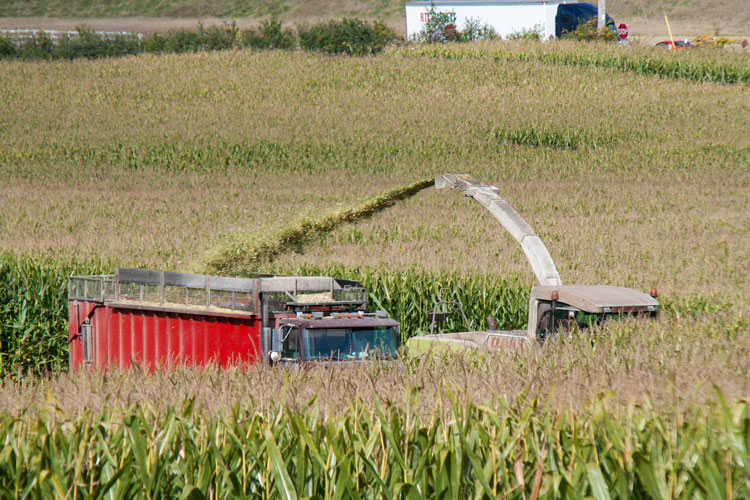
Being part of numerous discussions, invited talks, and articles recently centering on reviewing the 2019 growing and harvest season, and ultimately grasping the corn crop quality, a few common threads are unfolding. I’ve also been pulled into numerous technical support and troubleshooting situations where animal performance isn’t matching expectations based on seasoned nutritionist projections and accurate laboratory analyses. If this is the case for your herd or your clients’ herds, consider digging into the following factors for some added insight on how to proceed toward better feed efficiency and dairy business performance.
The 2019 crop quality will be discussed in more detail in “Corn silage — green wood doesn’t burn” on page 2 of the January 10, 2020, issue of Hoard’s Dairyman. In general, the crop potential appears to be reasonable for many. Yet, underlying factors may short-circuit your herd’s performance. Think of the resulting situation, like you might a 1,000 horsepower (hp) self-propelled forage harvester that you can’t get started. We have power under the hood but need to get the engine started to recognize that power. For some, corn silage, and more so corn grain, may have some unique characteristics preventing the engine from getting started. These characteristics might not show up in the “typical” numbers that your nutritionist uses for diet formulation.
Missing starting fluid
Many would recognize the white pasty starch stuck on your hands after grabbing a handful of well-fermented, 32%-plus high-moisture corn. We’d wipe this on our pants and then walk around with a white dust on our pants for the rest of the day. This is the 0-hour (0h) starch, and Ralph Ward discussed this washout or small-particle starch in a prior Hoard’s Dairyman Intel article. We’ve also termed this “0h in situ starch digestion” (0h isSD) and have over five years experience with this parameter, having reported it since around 2014. The 0h isSD can be thought of like starting fluid for a diesel engine. The quickly digestible starch may contribute to overall rumen being able to function like a warmed-up diesel engine.
Many nutritionists have better recognized rumen starch digestion potential in the past few years by using a 7-hour (7h) rumen in situ starch digestion value. However, this year for some farms, there may be something related to starch energy value that is happening earlier than seven hours in the rumen. In some cases, the 0h isSD value is helping to explain this opportunity. Corn grain may be the culprit more than silage. Check with your nutritionist, and if your rapidly digestible starch is lacking, consider adding corn starch or a rapidly digestible sugar to provide the starting fluid for the rumen.
Water in the fuel lines
Beyond starch content and digestibility, there are other factors that can interfere with the rumen running like a warmed-up, powerful diesel engine. Feed contamination factors such as mold, yeast, undesirable bacteria, or frozen and cold unfermented grain or silage can act like water in the diesel fuel lines. That acts to gum up rumen metabolism and performance.
Mycotoxins grab most of the attention when discussing feed contaminant factors but consult with your veterinarian and nutritionist about microbial contaminants beyond mycotoxins, as we’re recognizing substantial mold, yeast, and in some cases, enterobacterial loads in total mixed rations (TMR) that are robbing the cows of energy.
If these factors appear, recognize a mycotoxin binder isn’t the solution and figure out where they’re coming from so you can eliminate the source or issue. Consider pressure washing your mixer periodically! And then, consider a research-backed nutrition solution that’s shown to improve conditions when mold, spoilage yeast, or negative bacteria are present.








